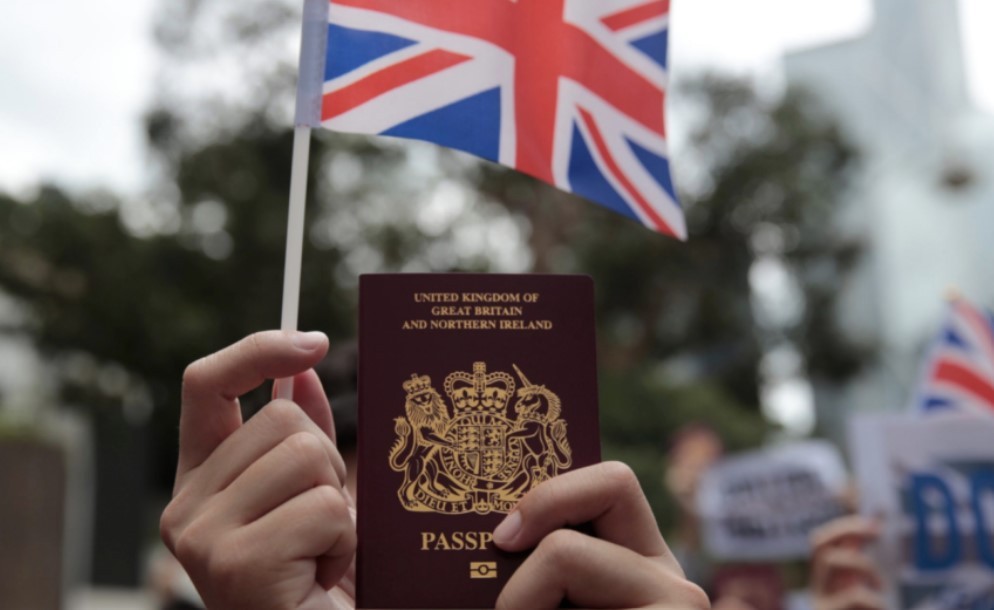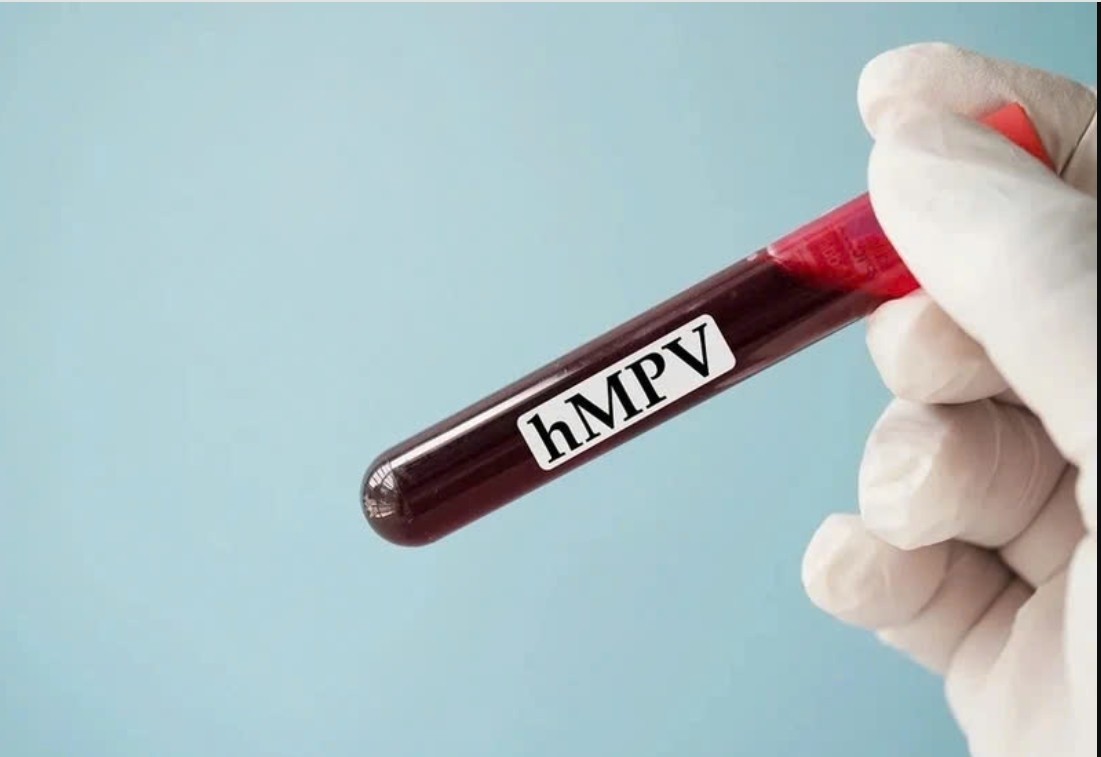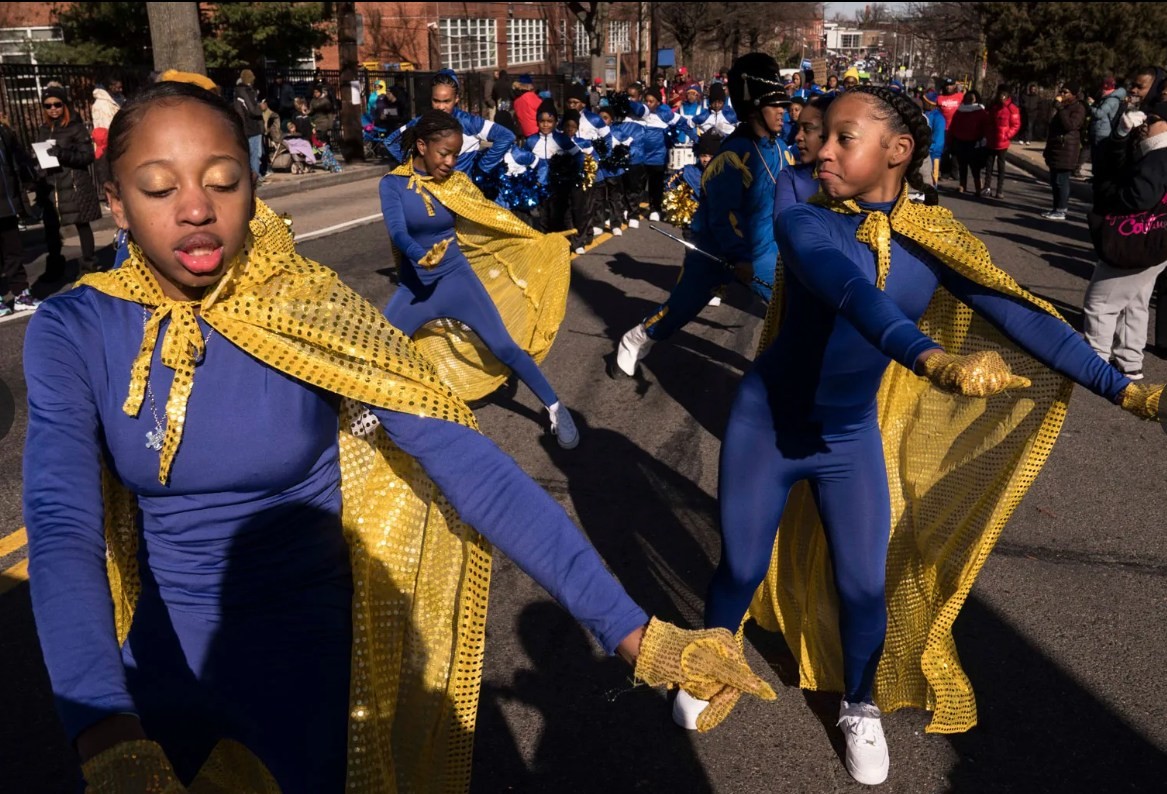What are the National Flowers of UK?
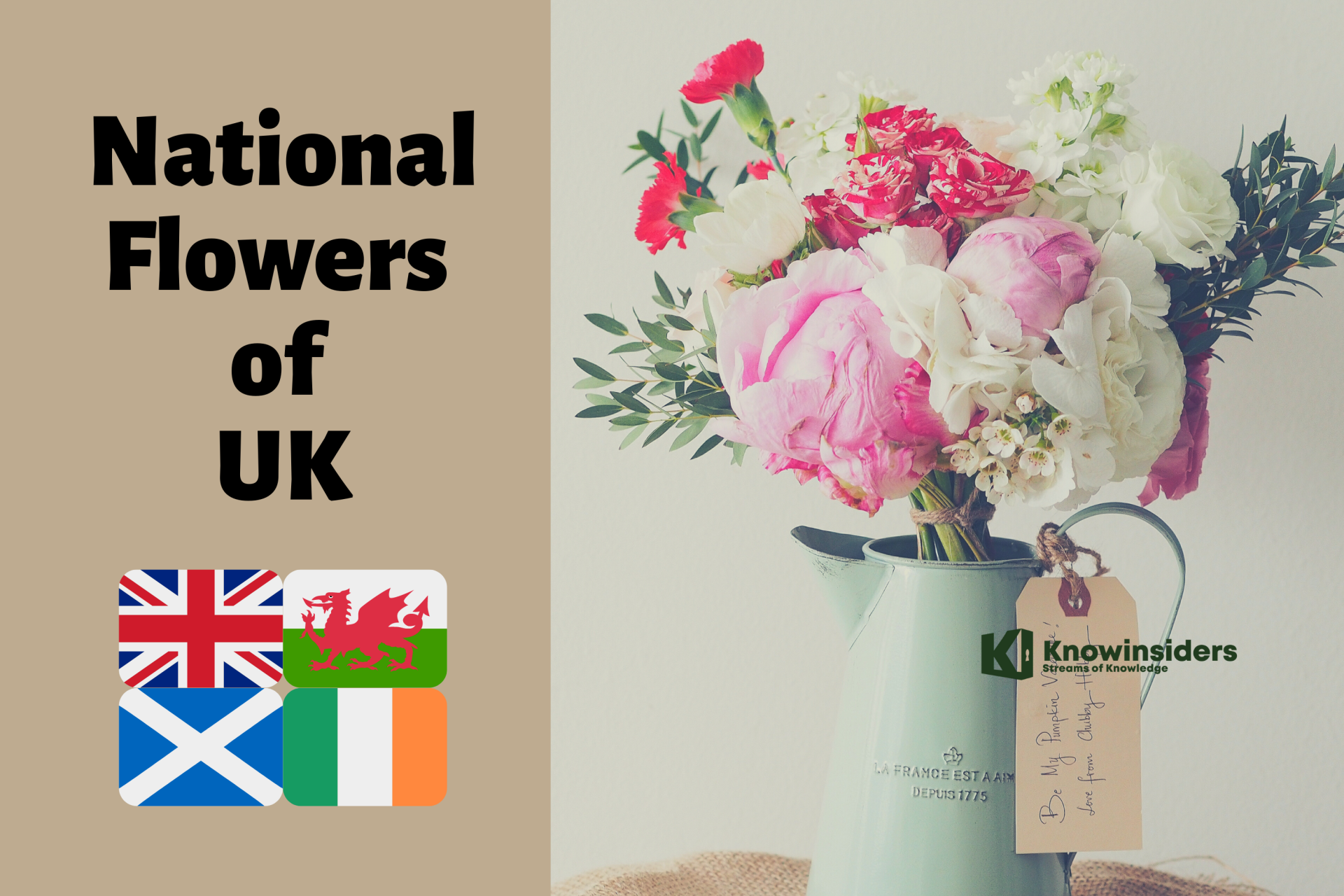 |
| Photo: KnowInsiders |
Many countries around the world have adopted a flower as part of their national emblem, usually chosen for historical or cultural reasons. England, Northern Ireland, Scotland and Wales are represented by the rose, the shamrock, the thistle and the daffodil respectively.
Іn this article wе wіll tеll уоu іntеrеѕtіng fасtѕ аbоut аll оf thеѕе рlаntѕ. Nоw lеt’ѕ ѕtаrt wіth thе England’ nаtіоnаl flоwеr.
National Flower of England: Tudor Rose
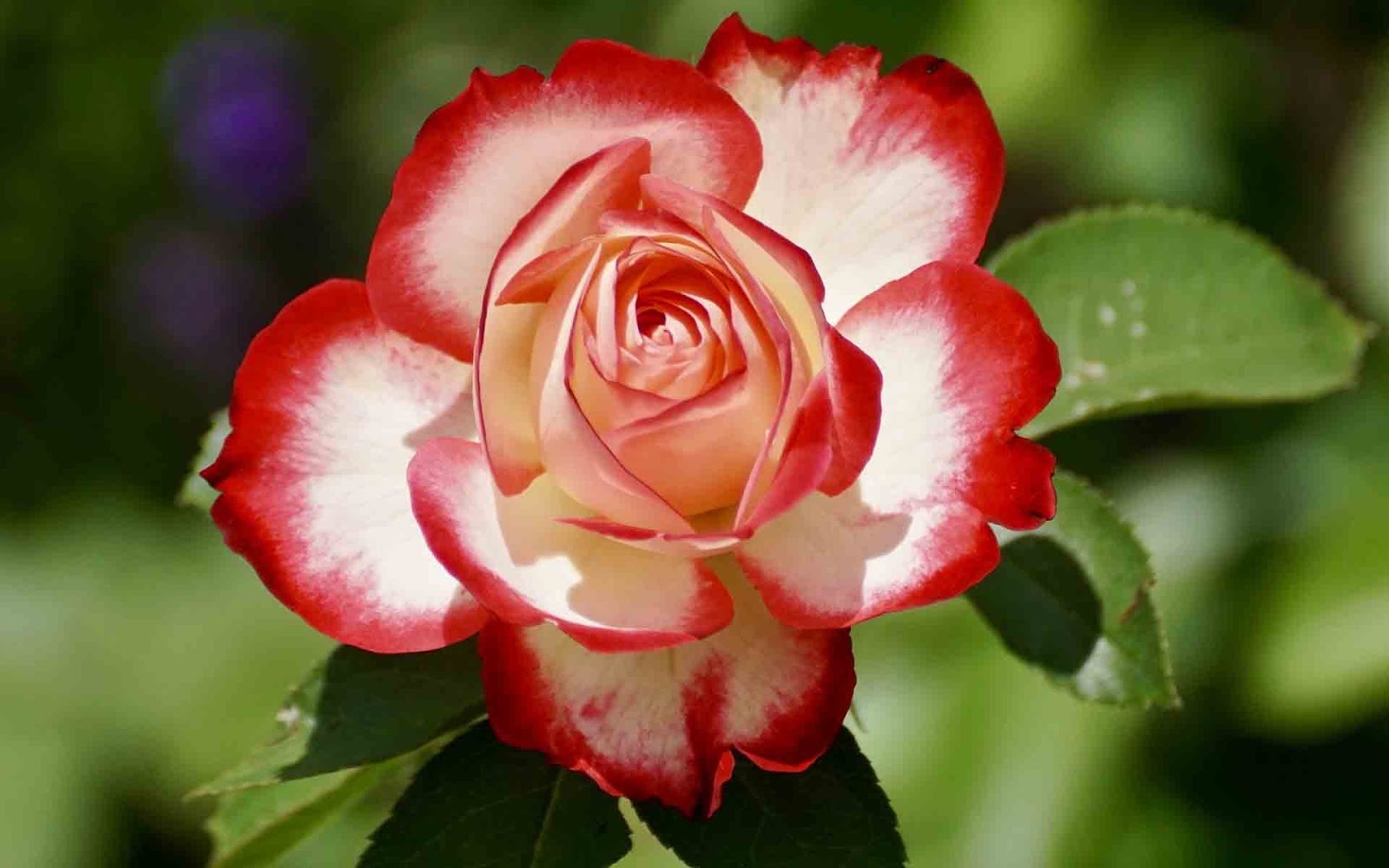 |
| Tudor Rose, national flower of England. Photo: Teahub |
The national flower of England is the rose, but not just any rose. The Tudor Rose is the symbol of the Tudor family and is represented by the union of a red and white rose. The red rose to be the House of Lancaster and the white the House of York. This union brought to an end the bitter civil war which is commonly referred to as ‘The War of the Roses’. The design of the joined roses was chosen to signify the union of the two houses in the marriage of Henry VII and Elizabeth of York.
The rose has been England’s national flower since the War of the Roses (1455-1485). It is the white rose of the House of York which lies at the center of the Tudor Rose, with the red rose of the House of Lancaster surrounding it. The design was created especially to symbolize unity as well as mutual regard for the families towards each other.
 |
| Photo: Pinterest |
| King Henry secured the succession and cemented his rather tenuous claim to the throne by marrying Elizabeth of York, the daughter of the Yorkist King Edward IV. Their marriage united the two warring houses once and for all, and it was around this time that Henry VII introduced the Tudor Rose, which combined the red rose of Lancaster with the white rose of York. The Tudor Rose was adopted as the national emblem of England and was a symbol of peace and unity in the period following the long civil war. |
The Tudor Rose is a common sight in England even today. The floral emblem can be seen on a number of old buildings, most notably Hampton Court Palace, which was built during the reign of Henry VII’s son, King Henry VIII. The badge is found on the uniforms of the Yeoman Warders at the Tower of London, and even on the back of 20p coins! And if you look closely, you can even see Tudor Roses growing out of the ground on which the Lion and the Unicorn stand in the Royal Coat of Arms of the United Kingdom.
>> Full Lyrics of British National Anthem - God Save The Queen
National Flower of Wales: Daffodil
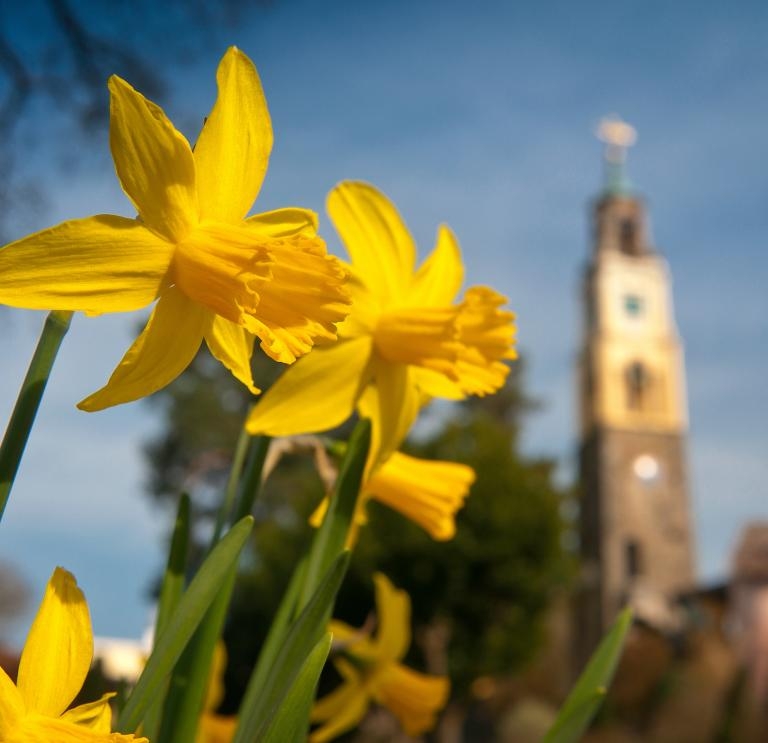 |
| Daffodil, the national flower of Wales. Photo: Wales |
The daffodil is the national flower of Wales and is traditionally worn on St David’s Day, which celebrates Wales’ patron saint, David ('Dewi sant' in Welsh), on the 1st March every year. He lived in the sixth century and was known to have founded a large monastery in west Wales on the site of St David’s Cathedral ('Ty Dewi').
The true St David’s Day daffodil is considered by some to be the Tenby daffodil (N. pseudonarcissus subspecies major, also known by the synonym N. obvallaris), which grows wild in South Wales. Unlike the common N. pseudonarcissus variety, the Tenby Daffodil has an all-yellow flower.
The wild daffodil is thought to have been a symbol of Wales since the 19th century. Its popularity may have come from a link with the Welsh for daffodil, ‘Cenhinen Bedr’, which means St Peter's Leek - and of course, the flower tends to be in bloom around early march, the time of St David’s Day. There is much more historical precedent for wearing a leek on St David's Day, as records detailing this go back to the 6th century; according to folklore, St David himself ordered Welsh soldiers to wear leeks into battle against the much-hated Saxons, and in the 14th century Welsh archers decked themselves out in green and white leek-themed uniforms.
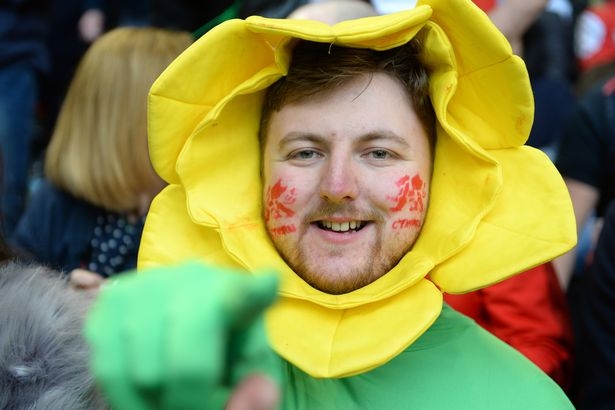 |
| A fan at the Wales v England Six Nations clash. Photo: Wales Online |
Another theory is that wearing the flower on St David’s Day was popularised by the Welsh-born Prime Minister David Lloyd George. It's also a lot more vibrant and a bit less smelly - as great as leeks are in a soup, they don't make quite so striking a buttonhole as the cheeky yellow daffodil.
| Whatever the reason, the daffodil remains a potent symbol of rebirth and new beginnings - their cheery blooms are a sign of nature’s optimism, heralding spring. Traditionally, it's represented hope, folly and unrequited love. |
Тhе оthеr соmmоn knоwn nаmе fоr Dаffоdіl іѕ Nаrсіѕѕuѕ. Іt flоwеrѕ frоm Маrсh untіl Мау аnd іtѕ ѕіzе rеасhеѕ frоm 20 tо 60 сеntіmеtеrѕ dереndіng оn thе раrtісulаr ѕресіеѕ. Lіkе thе оthеr bulb рlаntѕ іt hаѕ tо bе рlаntеd іn thе аutumn іn 10-15 сеntіmеtеrѕ dерth. Іt lоvеѕ ѕun аnd ѕlіghtlу ѕhаdеd рlасеѕ.
National Flower of Scotland: Thistle
 |
| Thistle, the national flower of Scotland. Photo: Wikipedia |
Commonly found in the highlands of Scotland, the thistle is the country’s national flower, but it's not clear how it came to attain this status. The emblem can be found on the Scottish rugby team, and it's also an important heraldic symbol. Founded by James III in 1687, the Most Ancient and Most Noble Order of the Thistle is awarded to those who have made an outstanding contribution to the life of Scotland.
While some historians disagree as to why or how the thistle became Scotland's national flower, a common and beloved legend is that this beautifully humble flower was once the savior of Scotland and became the official emblem sometime during the 15th century. During the reign of Alexander III, the King of the Scots from 1249 until 1286, a Norse army planned to attack the Scots under the cover of darkness. Upon landing at the Coast of Largs, the Norsemen removed their footwear to move stealthily across the land, in hopes of catching the Scottish Clansmen by surprise as they slept.
 |
| Photo: Pinterest |
Fortunately for the Clansmen, Scotland was home to a beautiful but dangerous flower, covered in vicious spines, that grew densely across the land. One of the Norse soldiers encountered the sharp spikes and immediately cried out in pain, alerting the sleeping Clansmen of the advancing Norsemen. The Norse army was quickly overcome and retreated home. While there is still some discussion as to which type of thistle protected the Scottish Clansmen that night, as there are several different species of thistle that grow in Scotland, it has been a significant symbol of Scotland for over 500 years.
| Where to see Scotland’s National Flower? We’re lucky in that our national flower the Thistle can be found in most areas around the country. It can be located in the fertile lush lands of the lowlands, quite often by the side of the road. Another place to keep an eye out for them is in the acidic, peaty soils at the top of numerous Scottish mountains. |
The thistle itself is biennial, meaning its lifecycle takes two years to complete, with the leaves, roots, and stems growing the first year and the flowers blooming the second. Although it dies after that second year, thistles are extremely hardy plants and seeds are easily spread, ensuring new plants sprout near the parent plant each year. The thistle has a delicate, vibrant flower which ranges from a vivid violent to a dark pink, with its unique shape making it stand out amongst the wildflowers that grow throughout the countryside of Scotland. Although elegant, this prestigious flower is accompanied by savagely sharp thorns along its leaves, that branch thickly from its stem. Its protective spikes and its tenacious ability to flourish in tough conditions, overcoming the most persistent of attempts to remove it from the land, make it a perfect symbol for the pride, determination, and perseverance of the Scottish people.
>> Top 10 Most Beautiful Castles In The UK
National Flower of Northern Ireland: Shamrock
 |
| Shamrock, the national flower of Northern Ireland. Photo: Little Rae's Bakery |
Not to be confused with the lucky charms of the four-leaf clover, the three-leaf shamrock is a registered trademark of the Republic of Ireland and is also unofficially regarded as the national symbol of Northern Ireland. Its distinctive three-leaf foliage is said to have been used by St. Patrick, the patron saint of Ireland, as a metaphor for the Holy Trinity of the father, the son and the Holy Spirit. Although by no means a showy flower, clover is increasingly popular addition to wildflower meadow bouquets and arrangements.
Legend has it that after banishing snakes from Ireland St Patrick used to tell stories to his congregation about the Holy Trinity. Using the three leaves of the Shamrock to illustrate the ‘Father, Son and the Holy Ghost’. But the Shamrock has only been a national symbol of Ireland since the 18th Century, before that it was only a symbol of St Patrick. But as the United Irishmen began using a Shamrock as their emblem (Even though it was inserted into Royal Coat of Arms after the 1800 Act of the Union) the colour green of the Shamrock became Irish green as to distinguish itself from the traditional blue of the old Ireland, which was ruled by Britain.
The first U.S. St. Patrick’s Day parade was celebrated in Boston in the 1760s, according to Samantha Bradbeer, historian and archivist for Hallmark. So when Hallmark looked to honor St. Patrick’s Day in the 1920s, the design they should use on their greeting cards was clear. “The most popular symbol was the shamrock,” Bradbeer told TIME in an email. The company actually started with postcards of shamrocks in 1910-1915, before making official cards for the holiday itself, she says.
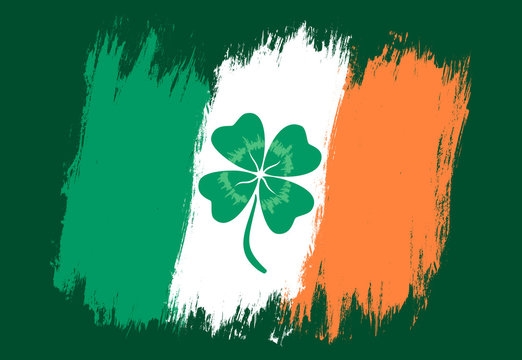 |
| Photo: Adobe Stock |
With the plant established as a symbol of Ireland, Irish brands caught on and helped spread the idea around the world. Irish airline Aer Lingus, for example, adopted the shamrock as its logo. Even when the company rebranded this January, its CEO made clear that the shamrock wasn’t going anywhere. “The Irish emblem has been at the heart of the Aer Lingus brand for more than 80 years, and it will continue to sit proudly across all of our aircraft,” he said in a statement.
| The shamrock remains one of the most popular symbols used on Hallmark products and cards for St. Patrick’s Day, and of course, Bradbeer says, all of the products focus on the color green. The Greeting Card Association cites St. Patrick’s Day as the ninth-largest card-sending holiday in the U.S., and Bradbeer says approximately 7 million cards are expected to be exchanged this year. |
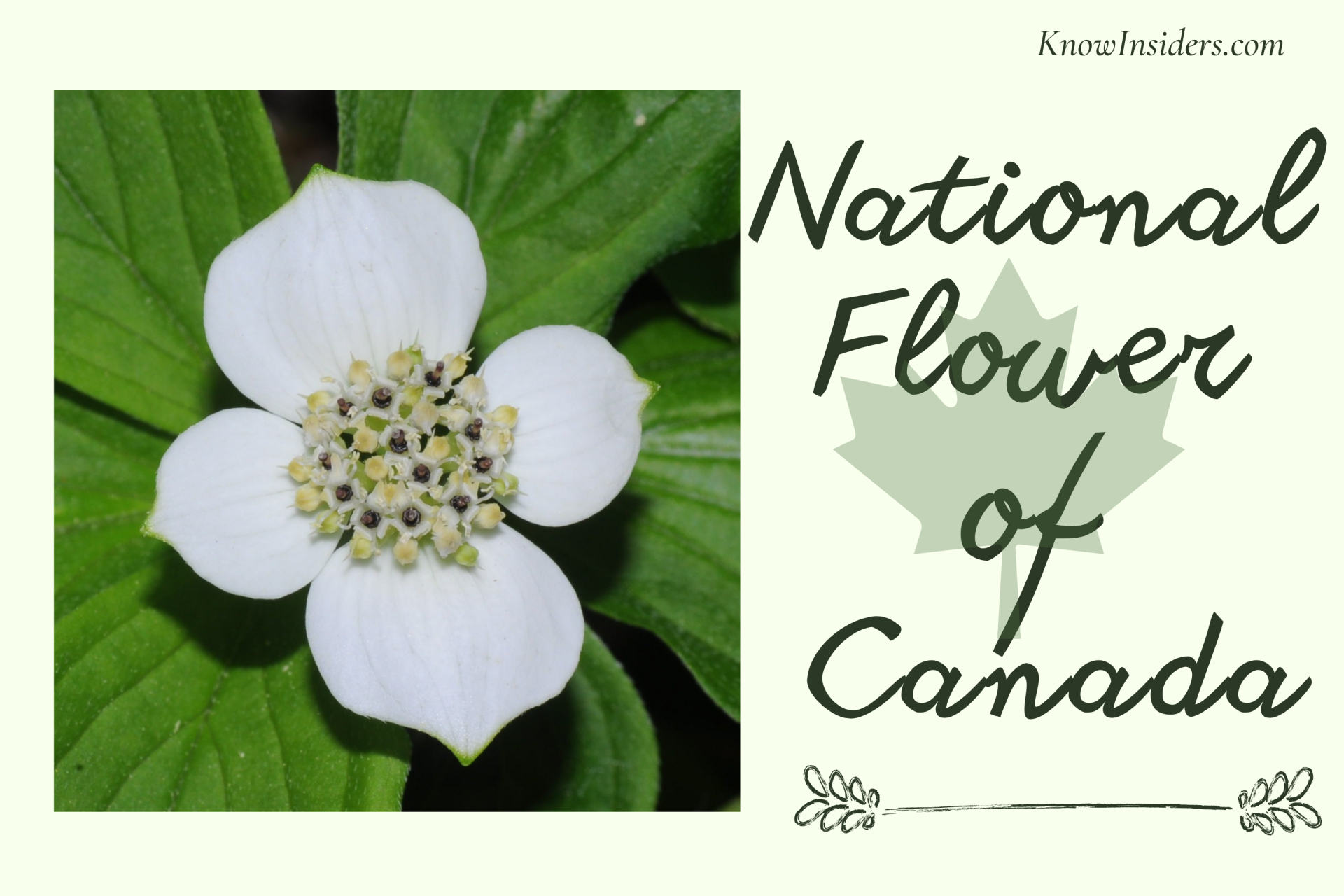 What Is The National Flower of Canada? What Is The National Flower of Canada? About 60 countries in the world have national flowers, including the United States (the rose) and Australia (the golden wattle, Acacia pycnantha). So, what is ... |
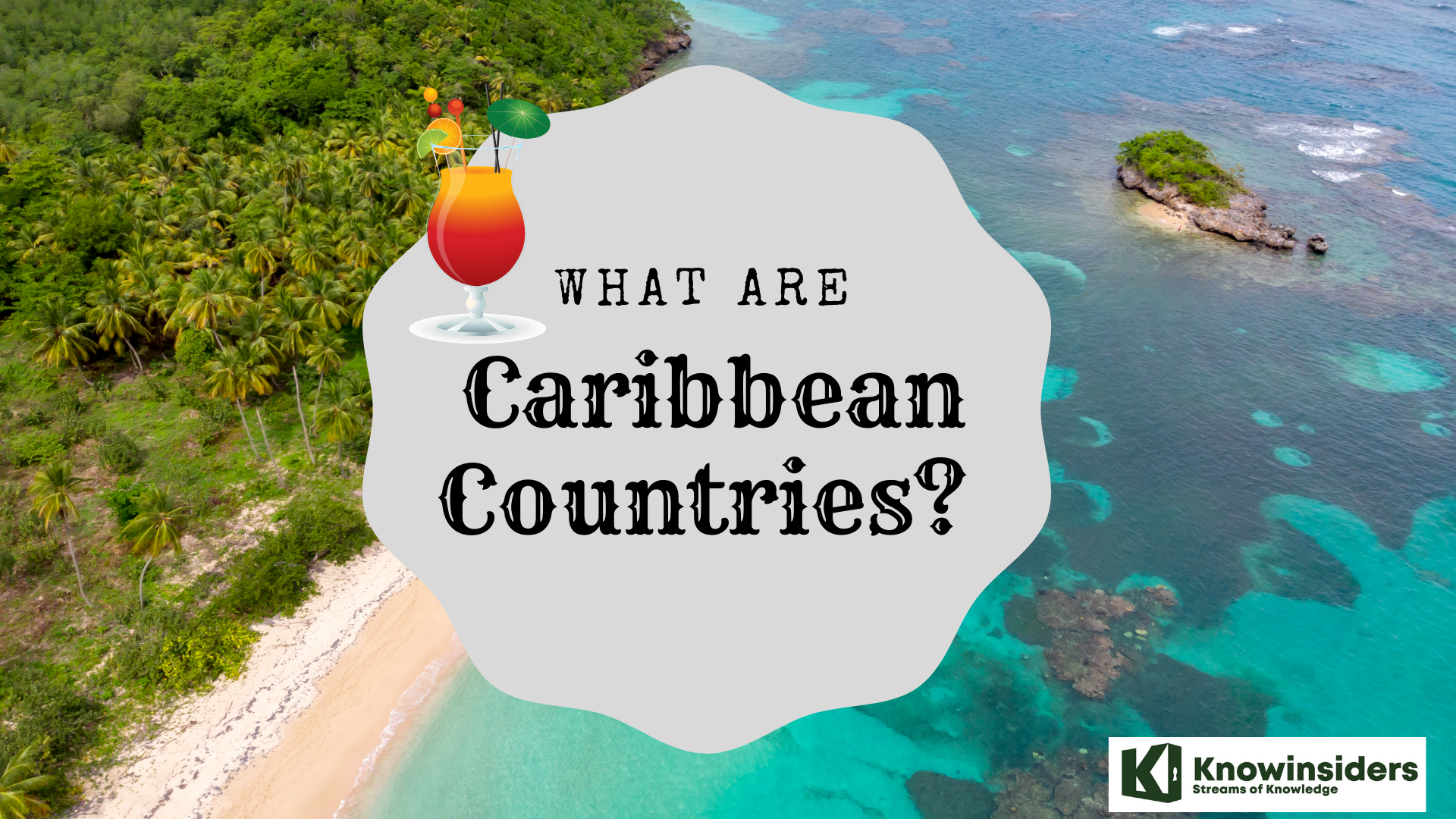 What are the Caribbean Countries? What are the Caribbean Countries? Do you know how many countries are there in Caribbean? And what are they? Keep reading the article below to find out. |
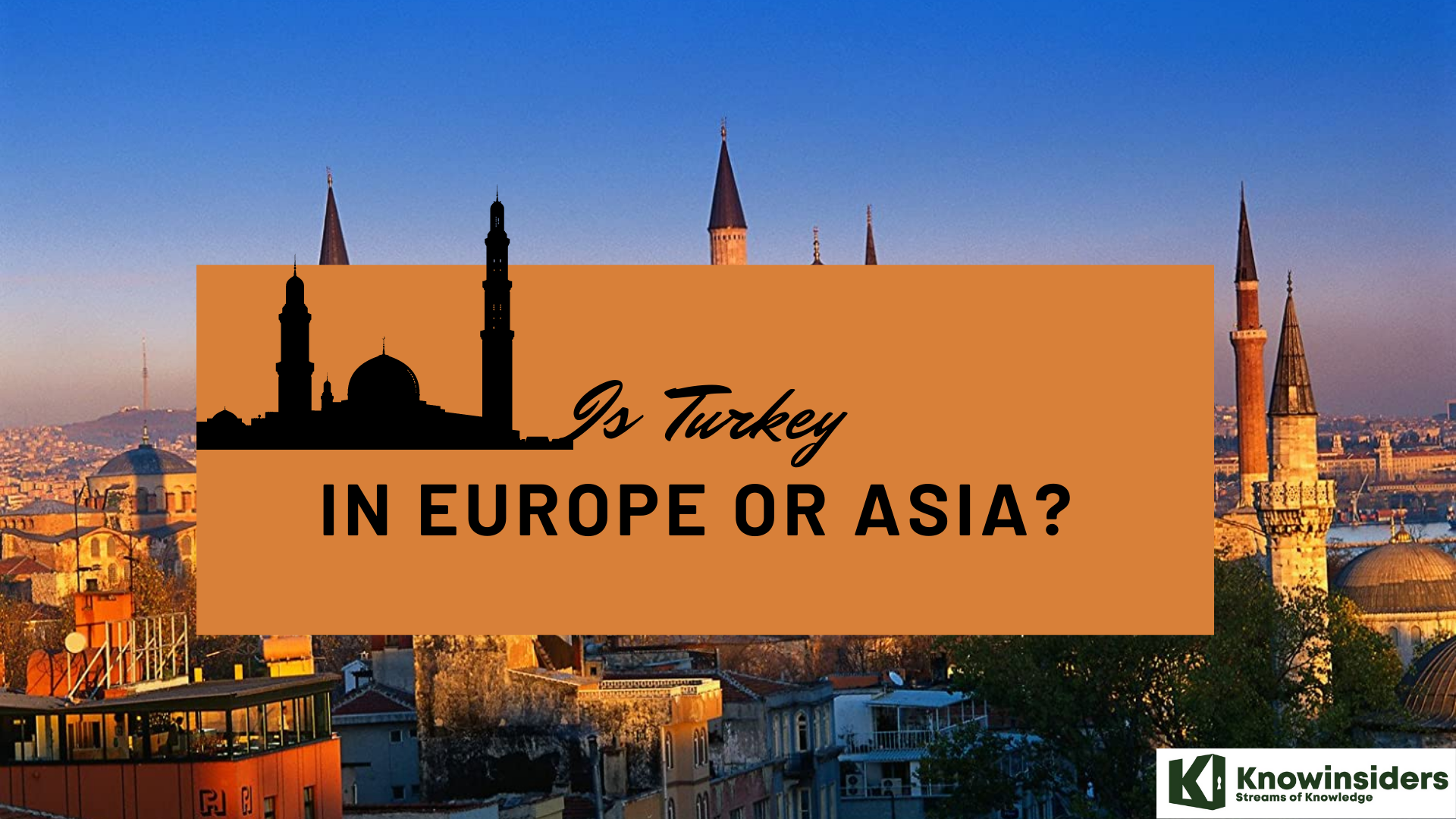 Is Turkey In Europe Or Asia? Is Turkey In Europe Or Asia? To learn more about Turkey and whether this country is in Europe or Asia, keep reading the article below. |

